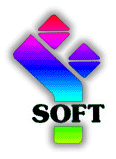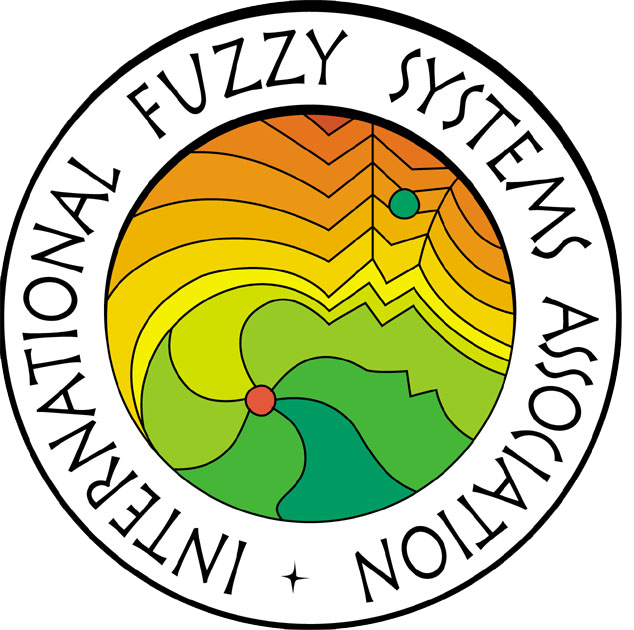Plenary Talks
Research, Development, and Social Experiments of New Transportation Methods in Gunma University
Prof. Naoya Ohta
Director of the Center for Research on Adoption of NextGen Transportation Systems, Gunma UniversityGunma University has a research center named CRANTS, which stands for Center for Research on Adoption of NextGen Transportation Systems. This research center is conducting research and development of new transportation methods. In this talk, we present activities of this > research center. Our projects include automated driving, transportation using slow or narrow vehicles, and automatic moving chairs. Among them, the project attracting large attention recently is automatic driving, so we mainly talk about the automated driving project. We have another successful project called the slow mobility project, where we pursue effective usage of slow speed electric buses for transportation in local communities. We first briefly present the slow mobility project, and then talk about the automated driving project.

The basic concept of the slow mobility project is based upon the following observation. The regular cars are not truly suitable for the transportation means within local communities, because they have too high speed performance, and the design concept is adopted that the cabin is shielded from outside. For a transportation means within local communities, high speed performance is not needed. And also the open cabin design is desired in order to make the passengers possible to communicate with the outside. We designed a slow electric bus named eCOM-8, and have conducted social experiments to use the buses as a local transportation method for citizens in Kiryu city. From these experiments, we found that this type of buses enhance the communication within citizens then the usual buses, and the citizens regard the buses as something more than a mere transportation method.
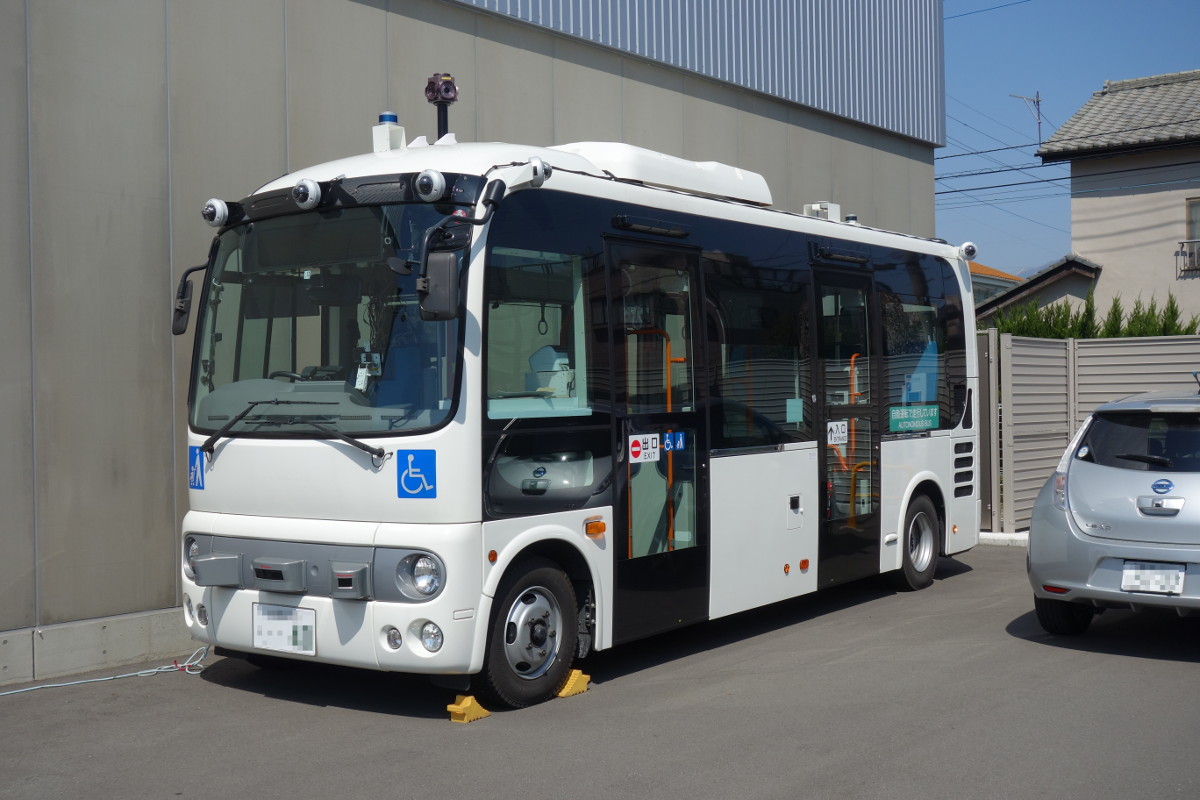
Automated driving technology is actively developed recently in the world. The uniqueness of the automated driving research in CRANTS is that we have focused our research activities to the level four automated driving technologies, where cars are automatically driven without any human drivers, but only within limited areas. This strategy makes the feasibility of the automated driving high. The system doesn't need to make too much effort to understand unknown environment, because the operation route is known beforehand. The first application of our technology is fixed-route bus. We have conducted the social experiments of the fixed-route automated bus in more then twenty places in Japan by the end of 2020 financial year. Among them, The experiment in Maebashi was the first try in Japan to apply the automated driving buses to a commercially operated bus route. We have the future plan to apply our automated driving technology to trucks operated between logistics terminals as the next step, and then to taxis operated in fixed areas.
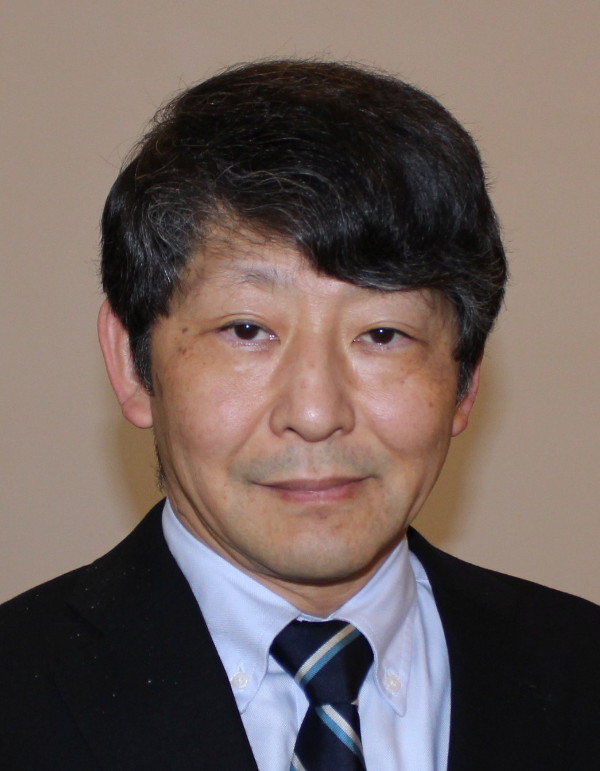
Biography
Naoya Ohta received the M.E. from Tokyo Institute Technology in 1985, and the PhD degree from the University of Tokyo in 1998. He is currently a professor of Graduate School of Science and Engineering, Gunma University, and the director of the Center for Research on Adoption of NextGen Transportation Systems (CRANTS) in Gunma University. He worked for The Mitsubishi Research Institute and the Central Laboratory of NEC before he moved to Gunma University. He was a research affiliate of the Media Laboratory in Massachusetts Institute of Technology in 1991, and a visiting researcher of Computer Vision Laboratory in the University of Adelaide in 2004. He is a member of the Institute of Electronics, Information and Communication Engineers, Information Processing Society of Japan, and IEEE Computer Society. His scientific interests include computer vision, pattern recognition, autonomous robots, automated cars, and new transportation systems.
Interactive Natural Language Technology for Human-Centric Explainable Artificial Intelligence
Dr. Jose M. Alonso
CiTIUS, Universidade de Santiago de Compostela, SpainPlenary talk on December 5, 2020 (slides)
In the era of the Internet of Things and Big Data, data scientists are required to extract valuable knowledge from the given data. They first analyze, cure and pre-process data. Then, they apply Artificial Intelligence (AI) techniques to automatically extract knowledge from data. The European Commission has identified AI as the most strategic technology of the 21st century and emphasizes the importance of explainable AI (XAI in short), in order to develop an AI coherent with European values. Moreover, as remarked in the last challenge stated by the USA Defense Advanced Research Projects Agency (DARPA), "even though current AI systems offer many benefits in many applications, their effectiveness is limited by a lack of explanation ability when interacting with humans". Accordingly, users without a strong background on AI, require a new generation of XAI systems. They are expected to naturally interact with humans, thus providing comprehensible explanations of decisions automatically made.
XAI emerges as an endeavor to evolve AI methodologies and technology by focusing on the development of agents capable of both generating decisions that a human could understand in a given context, and explicitly explaining such decisions. This way, it is possible to verify if automated decisions are made on the basis of accepted rules and principles, so that decisions can be trusted and their impact justified. However, even though XAI systems are likely to make their impact felt in the near future, there is a lack of experts to develop the fundamentals of XAI, i.e., ready to develop and to maintain the new generation of AI systems that are becoming part of our everyday life. This is mainly due to the inherent multidisciplinary character of XAI. Moreover, it is hard to find XAI experts with a holistic view as well as wide and solid background regarding all the related topics.
The main goal of this talk is to provide audience with a holistic view of fundamentals and current research trends in the XAI field, paying special attention to Interactive Natural Language Technology for XAI (i.e., semantic-grounded knowledge representation, natural language and argumentation technologies as well as human-machine interaction). We will first introduce the general ideas behind XAI, motivating principles and definitions, by referring to real-world problems that would take great benefit from XAI technologies. Also, some of the most recent governmental and social initiatives which favor the introduction of XAI solutions in industry, professional activities and private lives will be highlighted. Then, we will present the main methods for XAI at the state of the art. The idea of “opening the black box” by means of white and gray box models will be stressed; considering as “black-boxes” models designed through non-transparent Machine Learning techniques (e.g., random forest or deep neural networks). Then, we will pay special attention to the generation of interactive factual and counterfactual multi-modal explanations (i.e., explanations which comprise graphics along with sentences in natural language); with the focus on the outstanding role of fuzzy logic for human-centric computing and XAI. Indeed, fuzzy logic offers a mathematical framework to manage information granules (i.e., concepts which correspond to objects put together in terms of their indistinguishability, similarity, proximity or functionality). Information granularity can be properly represented by fuzzy sets. Fuzzy rules relate fuzzy sets and make it feasible to infer meaningful information granules at certain level of abstraction. Fuzzy modeling favors fairness, accountability, transparency, trustfulness and explainability. Moreover, Interpretable Fuzzy Models represent knowledge in a way close to natural language that is easy to interpret and understand even by non-expert users because the models are endowed with linguistic interpretability and global semantics. Explainable Fuzzy Systems wrap interpretable fuzzy models with an interactive linguistic interface that makes them self-explanatory. Finally, the talk will end with an enumeration of XAI open challenges.

Biography
Dr. Jose M. Alonso received his M.Sc. and Ph.D. degrees in Telecommunication Engineering, both from the Technical University of Madrid (UPM), Spain, in 2003 and 2007, respectively. He worked for 8 years in the European Centre for Soft Computing, an international R&D centre awarded in 2012 as outstanding organization by the IEEE Computational Intelligence Society (IEEE-CIS). Since June 2016, he is postdoctoral researcher at the University of Santiago de Compostela (USC), in the Research Centre in Intelligent Technologies (CiTIUS). He is member of the CiTIUS-USC Research Group on Intelligent Systems. He is currently Associate Editor of the IEEE Computational Intelligence Magazine (ISSN:1556-603X), member of the Editorial Board of the International Journal of Computational Intelligence Systems (ISSN: 1875-6883), Chair of the IEEE-CIS Task Force on "Fuzzy Systems Software", member of the IEEE-CIS content curation subcommittee, member of the IEEE-CIS Task Force on Explainable machine Learning, secretary of the ACL Special Interest Group on Natural Language Generation (SIGGEN), member of the Executive Board of the European Society for Fuzzy Logic and Technology (EUSFLAT), co-chair of the Doctoral Consortium to be held in the European Conference on Artificial Intelligence (ECAI2020), Deputy Coordinator and President of the Executive Board of the H2020-MSCA-ITN project entitled "Interactive Natural Language Technology for Explainable Artificial Intelligence" (NL4XAI).
He is currently "Ramon y Cajal" researcher funded by the Spanish Government under project RYC-2016-19802 in the Intelligent Systems Research Group of USC, Member of the board of the ACL Special Interest Group on Natural Language Generation (SIGGEN), Chair of the Task Force on “Fuzzy Systems Software” in the Fuzzy Systems Technical Committee of the IEEE Computational Intelligence Society, and Associate Editor of the IEEE Computational Intelligence Magazine (ISSN:1556-603X). He is also a member of the Editorial Board of the International Journal of Computational Intelligence Systems (ISSN:1875-6883). He has edited 6 special issues in international journals, 2 conference proceedings, and published more than 130 papers in international journals, book chapters and conferences. He is also co-author of 1 patent and has registered the intellectual property of 2 software programs.
He was post-doc researcher at the University of Alcala de Henares (Spain), Research Visitor at the Cemagref agricultural and environmental engineering R&D centre (France), Honorary Research Fellow in the University of Aberdeen (Scotland), Research Fellow in the University of Bari "Aldo Moro" (Italy), Chair of the IEEE-CIS Task Force on Software Tools and Data Repository, member of the initial IEEE-CIS 1855 Working Group for developing the IEEE standard for Fuzzy Markup Language, secretary of EUSFLAT (2015-2019). He has leaded or taken part in more than 20 R&D projects with public and private funding. He has co-organized more than 25 events (special sessions, workshops, tutorials, panels, etc.) in international conferences. He has published more than 130 papers in international journals, book chapters and in peer-review conferences. According to Google Scholar he has h-index=21 and i10-index=43. His research interests include explainable Artificial Intelligence, Computational Intelligence, Fuzzy Modeling, Natural Language Generation, development of free software tools, etc.
Harmony Search Algorithm and its Applications in Japan and Korea
Prof. Zong Woo "Victor" Geem, Ph.D.
Assoc. Professor: Gachon University, KoreaHarmony Search (HS) is a music-inspired evolutionary algorithm for solving optimization problems. This talk reviews its mechanism, theoretical background, and various applications especially in Japan and Korea. The applications include many fields such as computer science, mathematics, electrical/electronic, mechanical, civil, and industrial engineering as well as music and art. We hope to see an increasing number of HS applications from these two countries in the near future.
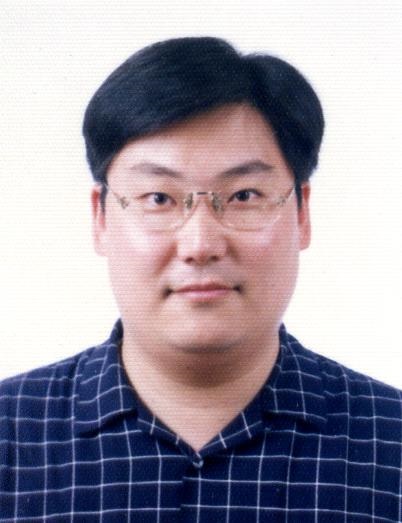
Biography
Zong Woo Geem is an associate professor in department of energy IT at Gachon University, South Korea. He has obtained B.Eng. in Chung-Ang University, Ph.D. in Korea University, and M.Sc. in Johns Hopkins University, and researched at Virginia Tech, University of Maryland - College Park, and Johns Hopkins University. He invented a music-inspired optimization algorithm, Harmony Search, which has been applied to various scientific and engineering problems. His research interest includes phenomenon-mimicking algorithms and their applications to energy, environment and cultural fields. He has served for various journals as an editor (Associate Editor for Engineering Optimization; Guest Editor for Swarm & Evolutionary Computation, Int. Journal of Bio-Inspired Computation, Journal of Applied Mathematics, Applied Sciences, Complexity, and Sustainability).
Assoc. Editor: Eng. Optimization Guest Editor: Harmony Search (12/31/20) Guest Editor: Image Processing (10/31/20) Guest Editor: Sustainability 2 (05/31/21)
